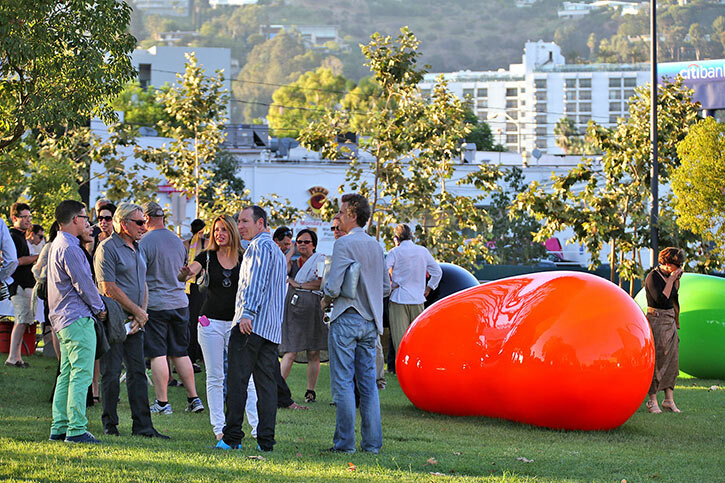“LOVE YOUR BEAN”
A visceral public art installation that crosses cultures, bringing us together in joy. Large-scale jelly bean sculptures are created by renowned international Artist Cosimo Cavallaro. “Love Your Bean” in as many communities as possible, so that our voices can echo around the globe. let’s share respect, diversity, tolerance, peace, and, of course, big love.
“being a part of an art installation, either as a participant or an observer, exposes PEOPLE to creativity, growing their overall confidence in productive forms of self-expression.”
“There can be no keener revelation of a society’s soul than the way in which it treats its children.”
-Nelson Mandela
“Young people want to be involved in an emotional experience, in as personalized a manner as possible, that they can share in their networkS...They want to be involved, to touch, to be part of the work of art and to share it...700 million Instagram users post 40 million photos daily, about 8,500 likes and 1,000 comments are made per second.”
-emanuela Girardi, Founder at Pop AI, international public policy executive
What does the public want from Art in a post-COVID world?
In what’s billed as one of the largest arts and culture studies ever done in the US, the new report “Culture and Community in a Time of Crisis” has surveyed some 124,000 people to take a look at their thoughts on the role of culture in the wake of the COVID-19 pandemic. Above all, audiences want "more fun" when they return to public life post-lockdown. In response to the question, “How would you ideally want arts and culture organizations to help?” The most popular answer was “laugh and relax”, followed by “stay connected”, and“offer distraction and escape during and after the crisis”. As the survey summed it up, “art activities that are fun, lighthearted, and beautiful appeal most.”
Temporary sculpture installations in municipalities run the gamut from the sublime (Christo and Jeanne-Claude, The Gates). At first pass, Cavallaro’s “Jelly beans” portends more stillness, but hold your horses. This is probably the best idea to come down the pike since Botero graced the center island of Park Ave, back in the fall of 63. The coloration-surprising, mostly beautiful! The “beans” themselves are asymmetrical like real jelly beans and in varying sizes, in groups from one to five beans. While the effect here is partly “Food for the Gods,” you might be interested to know these massive jelly beans are carefully fabricated in fiberglass, colored and arranged for specific urban locations, with an eye to weight, negative space, but, most importantly, context. So, while the translation (jelly beans) is lost on no one, make no mistake … this is an exercise in the purest abstraction. Bill Fine, President of Artnet.
“At the turn of the millennium, public art was an established global art genre with its own professional and critical discourse. Diversity is increasingly the hallmarks of public art worldwide, emerging from city branding strategies and destination marketing as well as from artist activism and international art events and festivals. The first decade of the 21st century demonstrated the vast opportunity for creative and public ‘engagement’, activism, social dialogue, and cultural co-creation and collective participation.”
Are you interested in partnering with us?
We are a non-profit 501(c)(3) organization producing public art Installations that are provocative, interactive, inclusive, and above all, playful. our work speaks in a universal, visceral language to kids of all ages, in order to reach across cultures and borders, becoming a catalyst for social inquiry, conversation, and change.






